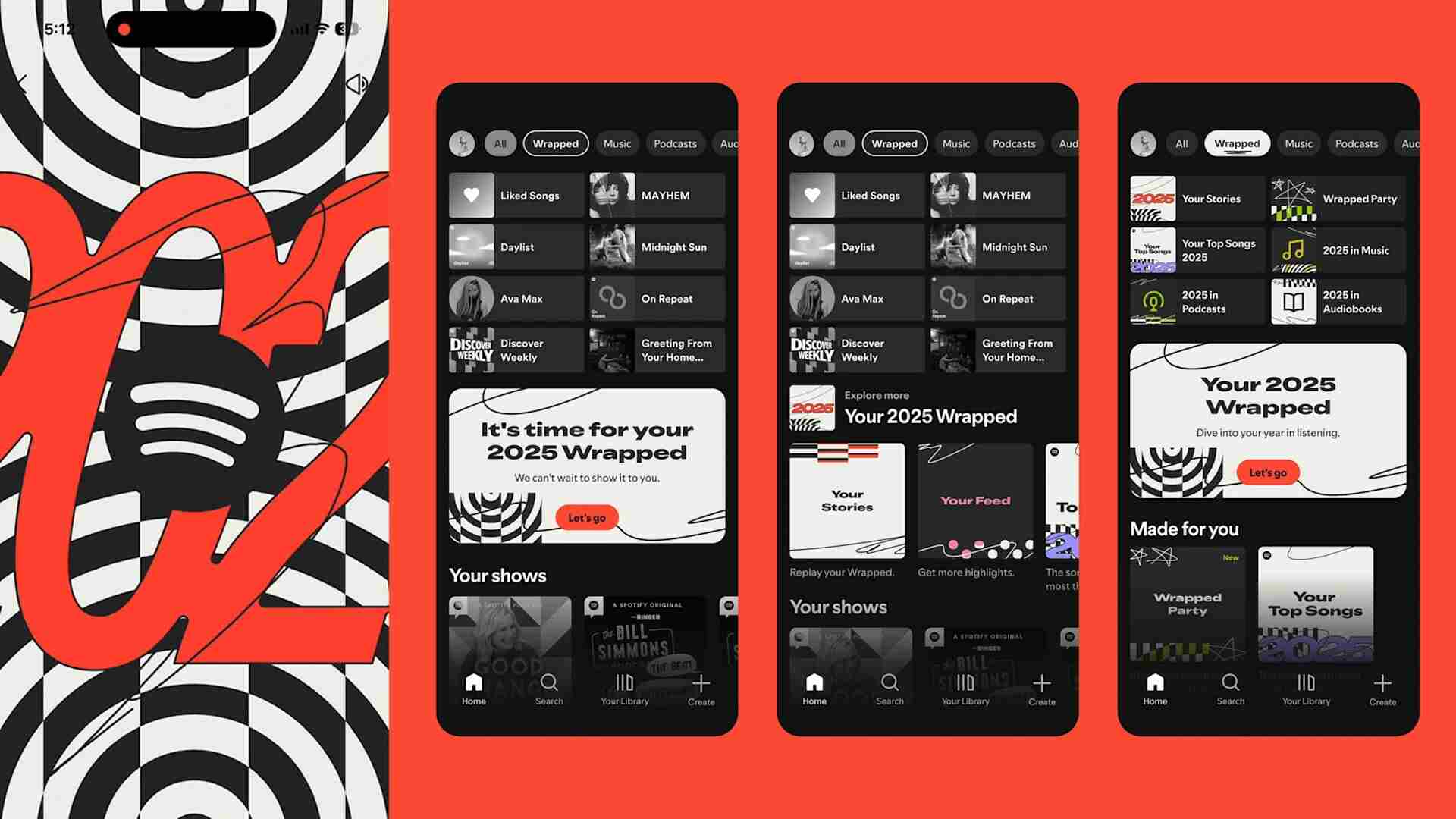- | 8:00 am
These digital product trends will define 2025
From platform selectivity to a return to mobile centricity, these four trends will shape the future of digital experiences.

Consumer preferences, technology innovations, and emerging market forces—from AI capabilities to platform shifts and sustainability imperatives—shape how we build digital products and their success in the market. While it’s impossible to predict with certainty, our teams foresee these four trends catering to consumers in 2025 and beyond.
1. Audiences are more selective about platforms
If previous years seemed to promote omnichannel everything, 2025 will demand strategic restraint. With AI requiring significant resources to implement effectively, brands are learning a counterintuitive truth: Less is more. Our team is seeing that consumers don’t want brands everywhere—they want them present and fully featured in the channels that matter most. Take TikTok’s influence: When LinkedIn and YouTube adopted short-form video, they didn’t just copy a feature—they recognized a shift in how people want to connect, regardless of audience.
2. Sustainability moves from optional to operational
Climate consciousness isn’t just a marketing strategy—it’s becoming operational DNA. Companies like Zillow and Expedia are tapping into a new consumer preference: climate impact features in their apps. With hurricanes now wreaking havoc in areas once considered “safe zones,” paired with heavy data usage by AI, consumers will assert more pressure than ever for brands to show their colors. Brands that build sustainability into the core product experience and products that innovate in this sector are making the “green revolution” a part of everyday life. Climate change concerns are set to influence product design as sustainability moves beyond corporate responsibility into everyone’s responsibility.
3. The ethical return of gamification
Games are making a comeback as part of a digital product ecosystem. The success of learning and mobile gaming apps like Duolingo and New York Times Games will prompt others to consider the trend carefully and determine if it fits within their business model. While gamification got a bad name for creating unnecessarily addictive products and for being added thoughtlessly to products in hopes of boosting engagement, brands may re-evaluate the role of delight and tailored experience. As a result, we expect we’ll see a more ethical approach to gamification through the use of simulations and role playing to enhance skill development and engage consumers.
4. Apps are here to stay
While some predicted a “beyond mobile” revolution, the reality is that the app ecosystem is evolving more gradually. People continue to thrive on mobile devices, with wearables and augmented reality extending that experience. As we approach 2025, consumers still prefer tried-and-true experiences that meet them where they are—on their phones.
Consumers are our guides
How do we respond to all these emerging influences? The good news is that our customers provide the best roadmap. Successful digital products in 2025 will be defined by how well they understand and adapt to new consumer expectations. By keeping our ears to the ground and staying grounded in consumer needs and preferences, by seeking to engage, inform, and delight, we’re destined for an inspired future.
Brad Weber is the founder and president of InspiringApps.








































